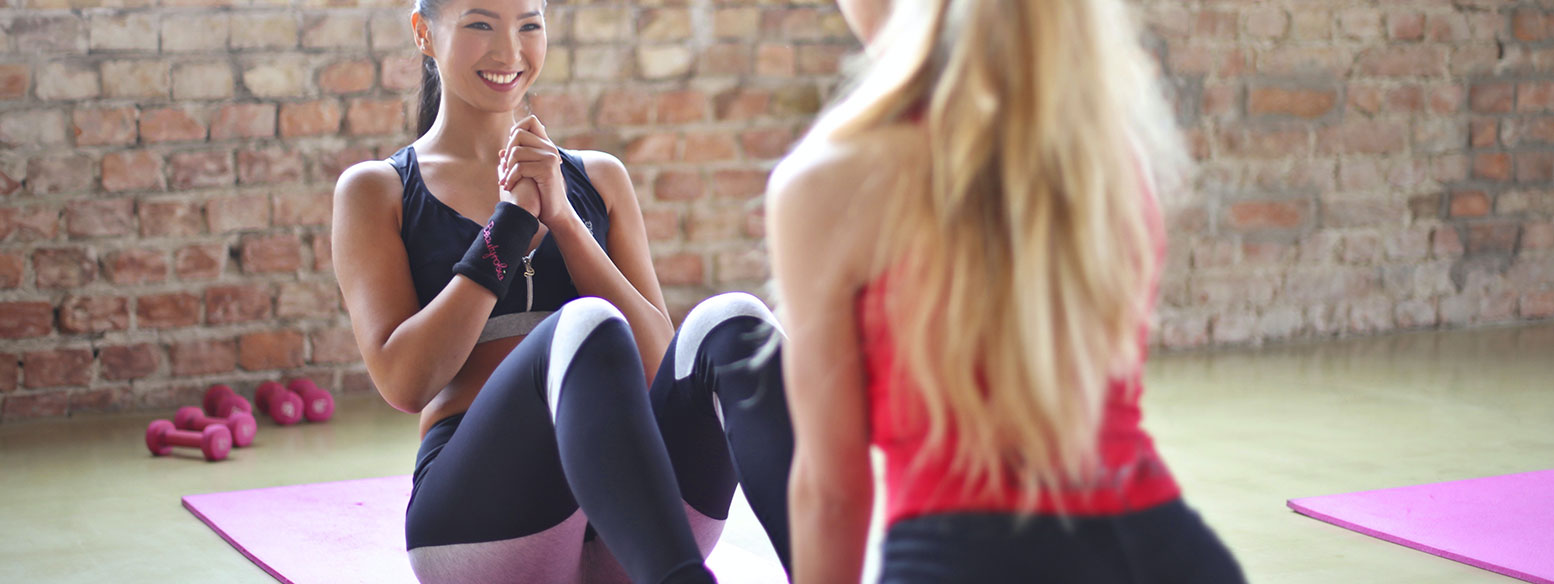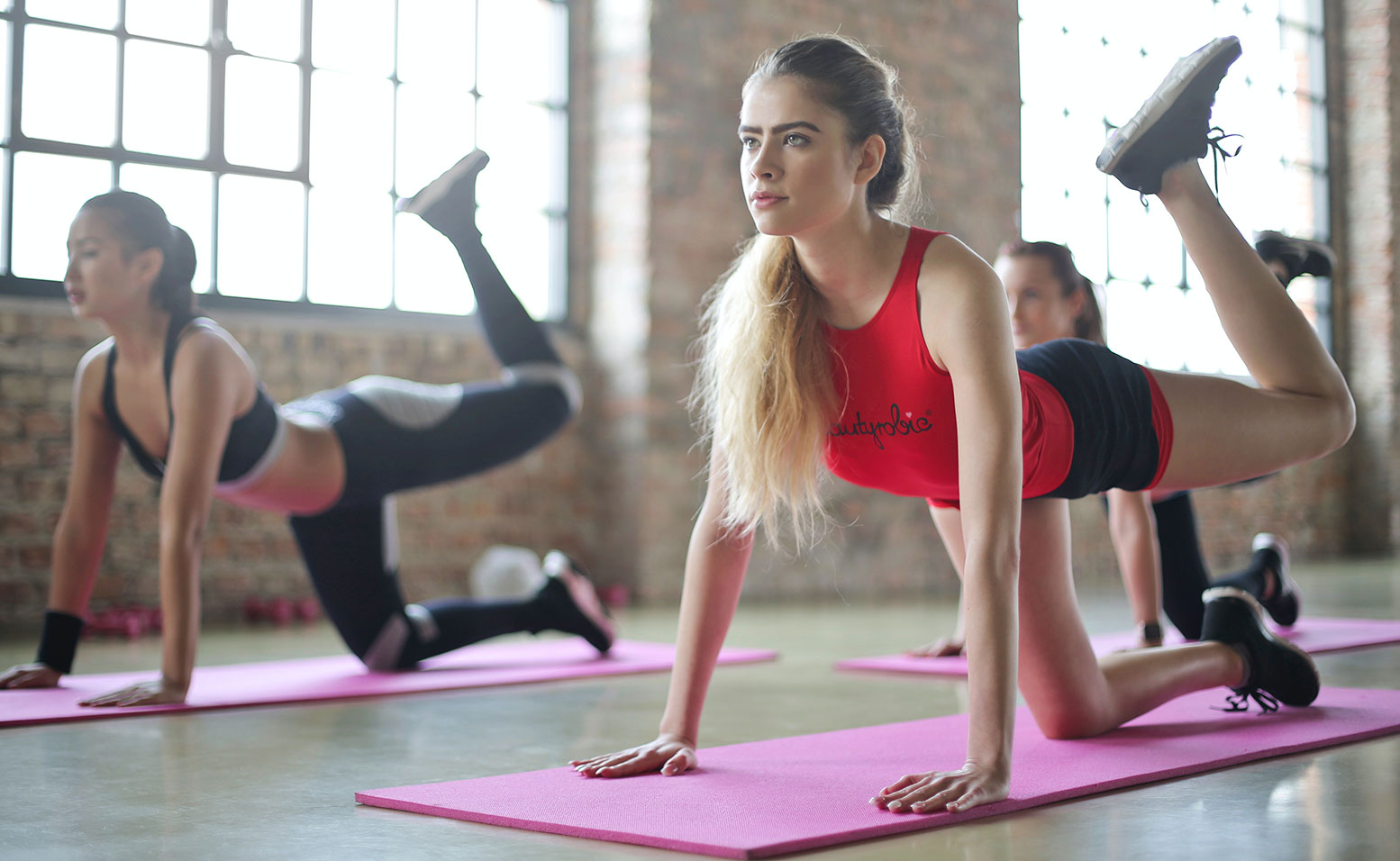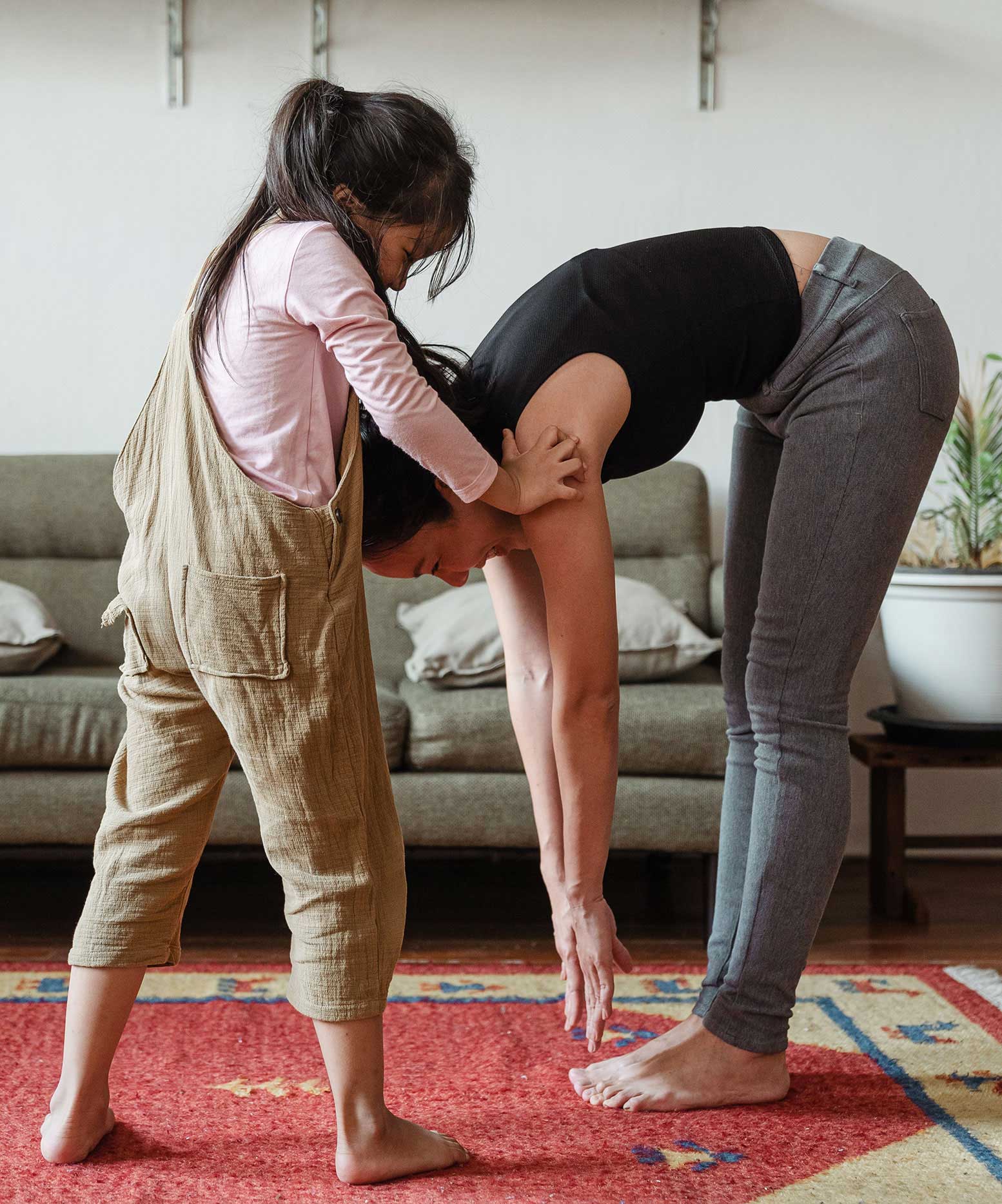W Workout Routines
Unleashing Inner Harmony: Exploring the Benefits of Yoga and Pilates
By
Beauty Doctor MD August 7, 2023

Yoga and Pilates are two popular mind-body disciplines that offer numerous physical and mental benefits. Both practices focus on connecting the mind, body, and breath, promoting strength, flexibility, balance, and inner peace. In this comprehensive guide, we will delve into the world of Yoga and Pilates, exploring their origins, unique characteristics, health benefits, and how they can enhance your overall well-being. Prepare to embark on a transformative journey of self-discovery, harmony, and vitality with Yoga and Pilates.
Understanding Yoga
Yoga is an ancient practice originating in India that incorporates physical postures (asanas), breath control (pranayama), and meditation. It aims to create balance and unity between the mind, body, and spirit. Key points to cover in this section include:
- Origins of Yoga and its philosophical roots in the Yoga Sutras of Patanjali.
- Different styles of Yoga, such as Hatha, Vinyasa, Ashtanga, Iyengar, and Kundalini, and their unique characteristics.
- The holistic approach of Yoga, combining physical, mental, and spiritual dimensions.
- The role of breath awareness and mindfulness in Yoga practice.
Benefits of Yoga

Engaging in regular Yoga practice offers a multitude of physical, mental, and emotional benefits. Some key advantages include:
- Increased Flexibility: Yoga postures enhance flexibility and joint range of motion, improving overall mobility and preventing injuries.
- Improved Strength and Balance: Holding and transitioning through Yoga poses build muscular strength, endurance, and balance.
- Stress Reduction and Relaxation: Yoga promotes relaxation, reduces stress levels, and helps manage anxiety and depression.
- Mind-Body Connection: Yoga cultivates self-awareness, self-acceptance, and a deeper connection with one’s body, thoughts, and emotions.
- Enhanced Breath Control: Pranayama techniques in Yoga improve lung capacity, respiratory function, and overall oxygenation of the body.
Introduction to Pilates
Pilates is a mind-body exercise system developed by Joseph Pilates in the early 20th century. It focuses on core strength, alignment, and muscular control. Key points to cover in this section include:
- Origins of Pilates and its evolution into a widely practiced exercise method.
- The six principles of Pilates: concentration, control, centering, breathing, precision, and flow.
- The emphasis on core strength, stability, and alignment in Pilates exercises.
- The use of specialized equipment like the Reformer and Cadillac in Pilates training.
Benefits of Pilates
Regular Pilates practice provides a wide range of benefits for physical fitness and overall well-being. Some key advantages include:
- Core Strength and Stability: Pilates exercises target the deep core muscles, improving strength, stability, and postural alignment.
- Improved Flexibility and Muscle Tone: Pilates movements enhance flexibility, elongate muscles, and promote long, lean muscle tone.
- Injury Prevention and Rehabilitation: Pilates exercises help correct muscle imbalances, improve posture, and assist in injury prevention and recovery.
- Increased Body Awareness: Pilates cultivates body awareness, mindfulness, and precise movement control.
- Enhanced Posture and Alignment: Pilates exercises promote proper alignment and efficient movement patterns, contributing to good posture and body mechanics.
Yoga vs. Pilates: Comparing the Practices
While Yoga and Pilates share some similarities, they also have distinct characteristics. Highlight the key differences between the two practices, such as:
- Philosophical and Spiritual Elements: Yoga encompasses spiritual aspects, meditation, and philosophical principles, whereas Pilates primarily focuses on physical exercise and body awareness.
- Movement Dynamics: Yoga involves flowing movements, holding poses, and dynamic transitions, whereas Pilates exercises often emphasize controlled, precise, and coordinated movements.
- Equipment Usage: Pilates incorporates specialized equipment like the Reformer, Cadillac, and Pilates chair, while Yoga primarily utilizes a mat and minimal props.
- Focus on Core Strength: While both practices promote core strength, Pilates places a specific emphasis on core activation and stability throughout the exercises.
Incorporating Yoga and Pilates into Your Routine

To integrate Yoga and Pilates into your fitness routine effectively, consider the following:
- Finding a Qualified Instructor: Seek guidance from certified Yoga and Pilates instructors to ensure proper form, alignment, and progression.
- Starting with Beginner-friendly Classes: Begin with introductory or beginner-level classes to establish a strong foundation and understanding of the practices.
- Balancing Your Routine: Combine Yoga and Pilates sessions with other forms of exercise to create a well-rounded fitness regimen.
- Home Practice and Online Resources: Supplement studio classes with home practice using instructional videos or online platforms.
- Listening to Your Body: Respect your body’s limitations, honor your energy levels, and modify exercises as needed to avoid injury.
Conclusion
Yoga and Pilates offer transformative journeys of self-discovery, physical well-being, and inner harmony. By incorporating these practices into your lifestyle, you can experience increased strength, flexibility, mindfulness, and a deeper connection between your mind and body. Whether you choose Yoga to embrace spirituality or Pilates to focus on physical conditioning, both practices can enhance your overall well-being and lead to a more balanced and fulfilling life.


